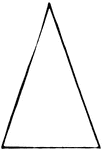
Irregular Quadrilateral
Tangrams, invented by the Chinese, are used to develop geometric thinking and spatial sense. Seven figures…

Irregular Quadrilateral
Tangrams, invented by the Chinese, are used to develop geometric thinking and spatial sense. Seven figures…

Irregular Quadrilateral
Tangrams, invented by the Chinese, are used to develop geometric thinking and spatial sense. Seven figures…

Irregular Quadrilateral
Tangrams, invented by the Chinese, are used to develop geometric thinking and spatial sense. Seven figures…

Irregular Quadrilateral
Tangrams, invented by the Chinese, are used to develop geometric thinking and spatial sense. Seven figures…

Base Angles In An Isosceles Triangle
Illustration showing that can be used to prove that the base angles of an isosceles triangle are equal.
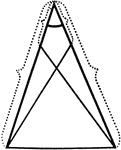
Equal Segments In An Isosceles Triangle
Illustration showing that if equal segments measured from the vertex are laid off on the arms of an…
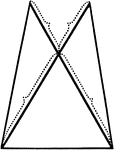
Equal Segments In An Isosceles Triangle
Illustration showing that if equal segments prolonged through the vertex are laid off on the arms of…

Equal Segments In An Isosceles Triangle
Illustration showing that if equal segments measured from the end of the base are laid off on the base…
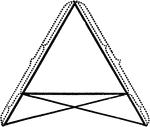
Equal Segments In An Isosceles Triangle
Illustration showing that if equal segments measured from the end of the base prolonged are laid off…
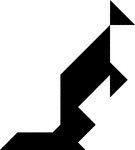
Kangaroo
Tangrams, invented by the Chinese, are used to develop geometric thinking and spatial sense. Seven figures…
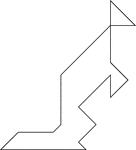
Kangaroo
Tangrams, invented by the Chinese, are used to develop geometric thinking and spatial sense. Seven figures…

Kangaroo
Tangrams, invented by the Chinese, are used to develop geometric thinking and spatial sense. Seven figures…

Kangaroo
Tangrams, invented by the Chinese, are used to develop geometric thinking and spatial sense. Seven figures…

Kettle
Tangrams, invented by the Chinese, are used to develop geometric thinking and spatial sense. Seven figures…
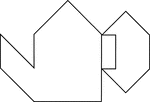
Kettle
Tangrams, invented by the Chinese, are used to develop geometric thinking and spatial sense. Seven figures…

Kettle
Tangrams, invented by the Chinese, are used to develop geometric thinking and spatial sense. Seven figures…
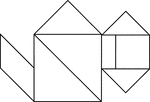
Kettle
Tangrams, invented by the Chinese, are used to develop geometric thinking and spatial sense. Seven figures…

Using Triangles To Measure A Lake
Illustration that uses triangles to measure the distance across a lake.
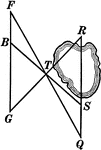
Using Triangles To Measure A Lake
Illustration that uses triangles to measure the distance across a lake.

Large House
Tangrams, invented by the Chinese, are used to develop geometric thinking and spatial sense. Seven figures…

Large House
Tangrams, invented by the Chinese, are used to develop geometric thinking and spatial sense. Seven figures…
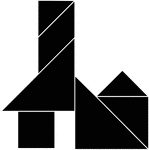
Large House
Tangrams, invented by the Chinese, are used to develop geometric thinking and spatial sense. Seven figures…
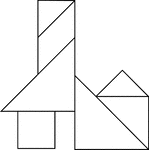
Large House
Tangrams, invented by the Chinese, are used to develop geometric thinking and spatial sense. Seven figures…

Lieing Fox
Tangrams, invented by the Chinese, are used to develop geometric thinking and spatial sense. Seven figures…

Lighthouse
Tangrams, invented by the Chinese, are used to develop geometric thinking and spatial sense. Seven figures…

Lighthouse
Tangrams, invented by the Chinese, are used to develop geometric thinking and spatial sense. Seven figures…

Lighthouse
Tangrams, invented by the Chinese, are used to develop geometric thinking and spatial sense. Seven figures…

Lighthouse
Tangrams, invented by the Chinese, are used to develop geometric thinking and spatial sense. Seven figures…

Lit Candle
Tangrams, invented by the Chinese, are used to develop geometric thinking and spatial sense. Seven figures…

Lit Candle
Tangrams, invented by the Chinese, are used to develop geometric thinking and spatial sense. Seven figures…

Lit Candle
Tangrams, invented by the Chinese, are used to develop geometric thinking and spatial sense. Seven figures…

Lit Candle
Tangrams, invented by the Chinese, are used to develop geometric thinking and spatial sense. Seven figures…

Lying Fox
Tangrams, invented by the Chinese, are used to develop geometric thinking and spatial sense. Seven figures…

Lying Fox
Tangrams, invented by the Chinese, are used to develop geometric thinking and spatial sense. Seven figures…

Lying Fox
Tangrams, invented by the Chinese, are used to develop geometric thinking and spatial sense. Seven figures…

Man
Tangrams, invented by the Chinese, are used to develop geometric thinking and spatial sense. Seven figures…

Man
Tangrams, invented by the Chinese, are used to develop geometric thinking and spatial sense. Seven figures…

Man
Tangrams, invented by the Chinese, are used to develop geometric thinking and spatial sense. Seven figures…

Man
Tangrams, invented by the Chinese, are used to develop geometric thinking and spatial sense. Seven figures…

Man
Tangrams, invented by the Chinese, are used to develop geometric thinking and spatial sense. Seven figures…
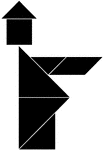
Man
Tangrams, invented by the Chinese, are used to develop geometric thinking and spatial sense. Seven figures…

Man
Tangrams, invented by the Chinese, are used to develop geometric thinking and spatial sense. Seven figures…
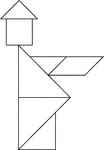
Man
Tangrams, invented by the Chinese, are used to develop geometric thinking and spatial sense. Seven figures…

Man in Hat Facing Left
Tangrams, invented by the Chinese, are used to develop geometric thinking and spatial sense. Seven figures…

Man in Hat Facing Left
Tangrams, invented by the Chinese, are used to develop geometric thinking and spatial sense. Seven figures…

Man in Hat Facing Left
Tangrams, invented by the Chinese, are used to develop geometric thinking and spatial sense. Seven figures…
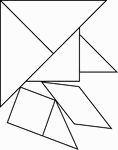
Man in Hat Facing Left
Tangrams, invented by the Chinese, are used to develop geometric thinking and spatial sense. Seven figures…
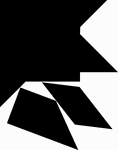
Man in Hat Facing Right
Tangrams, invented by the Chinese, are used to develop geometric thinking and spatial sense. Seven figures…

Man in Hat Facing Right
Tangrams, invented by the Chinese, are used to develop geometric thinking and spatial sense. Seven figures…

Man in Hat Facing Right
Tangrams, invented by the Chinese, are used to develop geometric thinking and spatial sense. Seven figures…

Man in Hat Facing Right
Tangrams, invented by the Chinese, are used to develop geometric thinking and spatial sense. Seven figures…
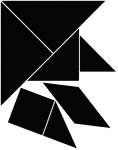
Man in Hat Facing Right
Tangrams, invented by the Chinese, are used to develop geometric thinking and spatial sense. Seven figures…
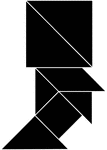
Man in Hat Facing Right
Tangrams, invented by the Chinese, are used to develop geometric thinking and spatial sense. Seven figures…

Man in Hat Facing Right
Tangrams, invented by the Chinese, are used to develop geometric thinking and spatial sense. Seven figures…
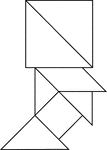
Man in Hat Facing Right
Tangrams, invented by the Chinese, are used to develop geometric thinking and spatial sense. Seven figures…

Man Walking
Tangrams, invented by the Chinese, are used to develop geometric thinking and spatial sense. Seven figures…

Man Walking
Tangrams, invented by the Chinese, are used to develop geometric thinking and spatial sense. Seven figures…

Man Walking
Tangrams, invented by the Chinese, are used to develop geometric thinking and spatial sense. Seven figures…
